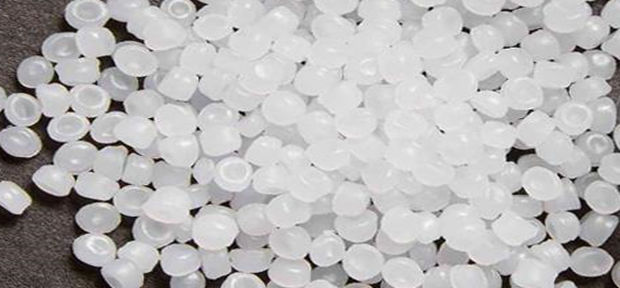Polyethylene (PE)
Polyethylene is a thermoplastic film formed by the polymerization of gaseous Ethylene monomer (CH2=CH2) under high pressure and temperature.
Polyethylene, one of the thermoplastics used in many different products, takes its name from ethylene, which is in monomer form, and polyethylene is produced by using ethylene. In the plastic industry, its name is known as PE for short.
Polyethylene, obtained after polymerization of ethylene with various methods, has the property of a transparent solid state, that does not deteriorate from its bright and durable structure. Polyethylene polymer molecule is formed by combination of a pair of hydrogen atoms and an even number of carbon atoms combined with covalent bonds. Polyethylene is one of the most used plastic products in homes and industries. The properties of polyethylene materials vary according to their types However, it is basically resistant to outdoor conditions and moisture. Polyethylene, with its superior chemical strength, is among the general commercial plastics and is seen in the products you encounter very often in your daily life, as the demand is high.

Properties of Polyethylene
Polyethylene, which increases its mobility due to its lightness and ease of use, provides a great advantage over other materials. It is also extremely ideal in terms of flexibility, robustness and durability. It is used in many areas in daily life because of its high resistance to cracking. It is mixed with additives to further increase the properties of polyethylene and make it stronger.
Classification of Polyethylene
Polyethylene is classified in various categories based on its density and chemical properties. Its mechanical properties depend on its molecular weight, crystal structure and branching type.
- UHMWPE (ultra high molecular weight PE)
- HDPE (high density PE)
- HDXLPE (high density cross-linked PE)
- PEX (cross-linked PE)
- MDPE (medium density PE)
- LDPE (low density PE)
- LLDPE (linear bonded low density PE)
- VLDPE (very low density PE)
